-
Working with Geo Location Data in MongoDB
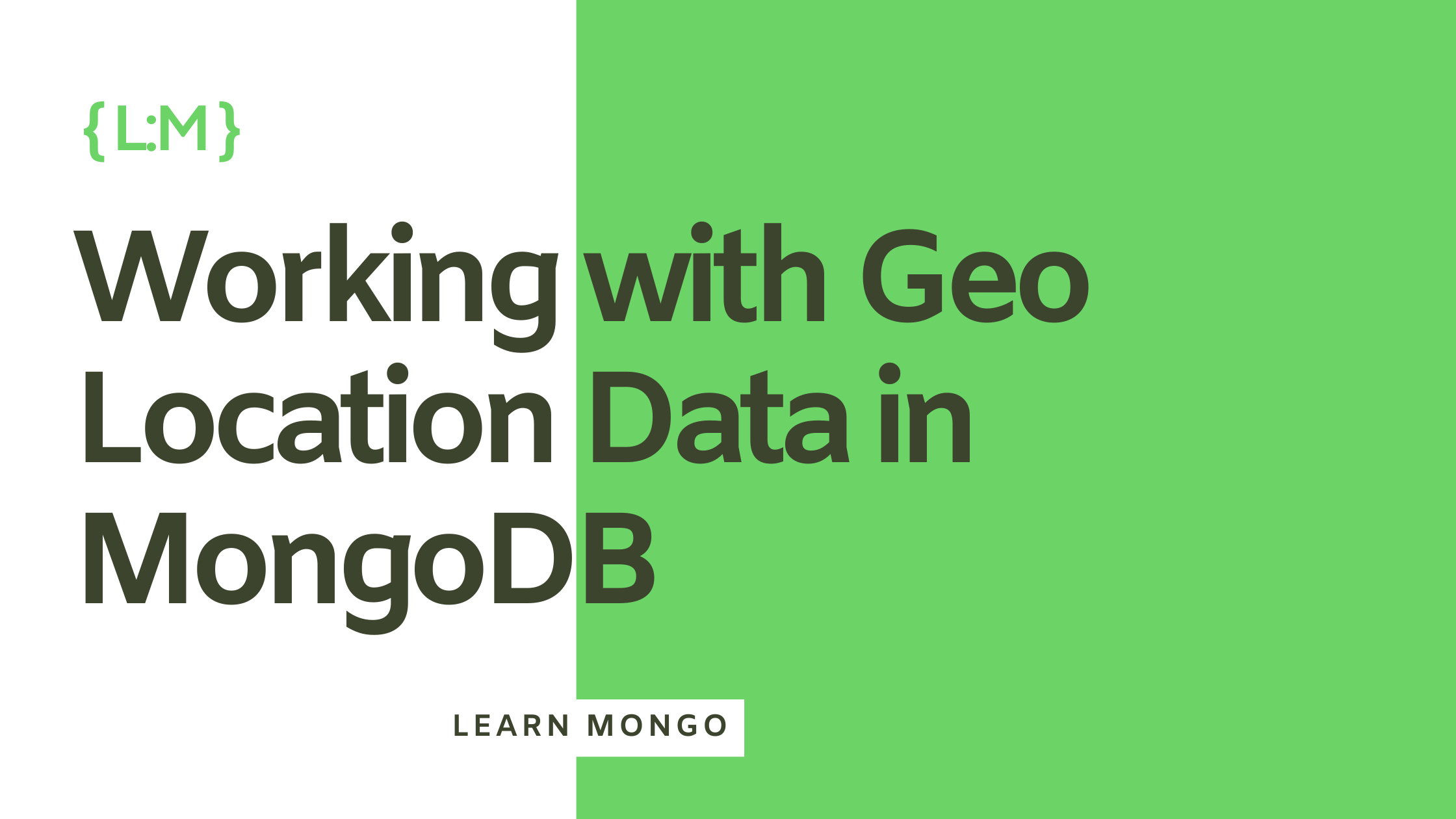
MongoDB makes it really easy to work with location data (sometimes called Geo Data) by simplifying how to store this type of data and streamlining how you query for it so you can easily create “find nearby” queries, or plot your location data with ease! Let’s start with the basics: modeling your data, indexing it…
-
Full-Text Search in MongoDB with Relevance Scores

Do you know about MongoDB Text Search? Imagine we are building an app and want users to search by ingredients or dish names (like chocolate or zucchini bread) and get the most relevant results. But wait! We have that information in multiple places, like the recipe title or the ingredients, or tags (like “pasta” on…
-
MongoDB Aggregations: Identifying Popular Ingredients with $unwind and $group

In this series, we’re exploring different MongoDB aggregation operators by applying them to a collection of recipes. MongoDB Aggregations Series As part of our exploration we are imagining you’re building a recipe website. Today we want to analyze ingredient usage across all our recipes to find the most common ingredients. By using MongoDB’s $unwind and…
-
MongoDB Aggregations: Organizing Recipes by Meal Type with $group
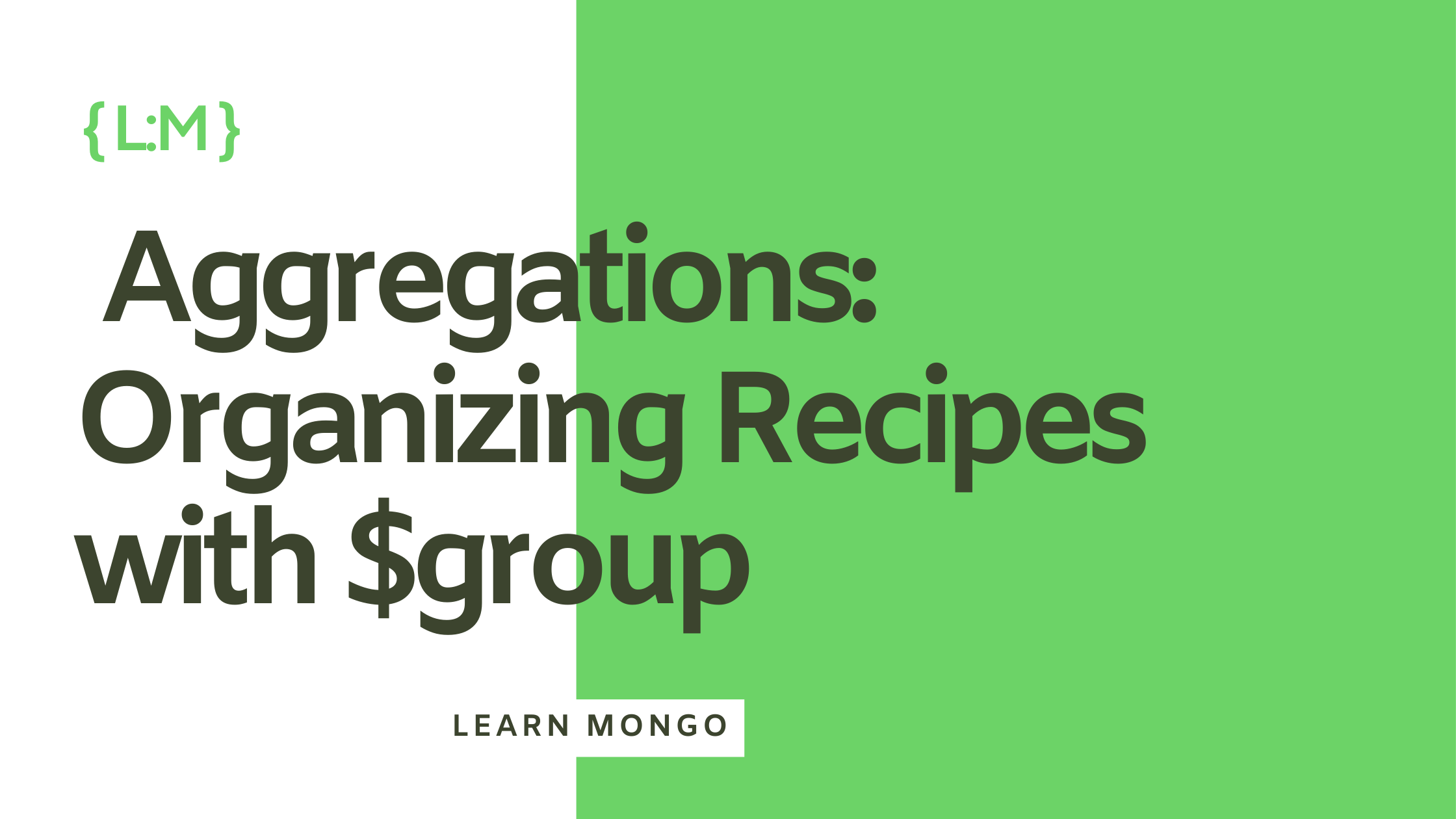
In this series, we’re exploring different MongoDB aggregation operators by applying them to a recipe collection. I hope you’ll follow along with each post! MongoDB Aggregations Series As part of this series we are imaging you’re building a recipe website. For this post we are adding some new features to our site including allowing users…
-
MongoDB Aggregations: Finding Cooking Times with $min and $max
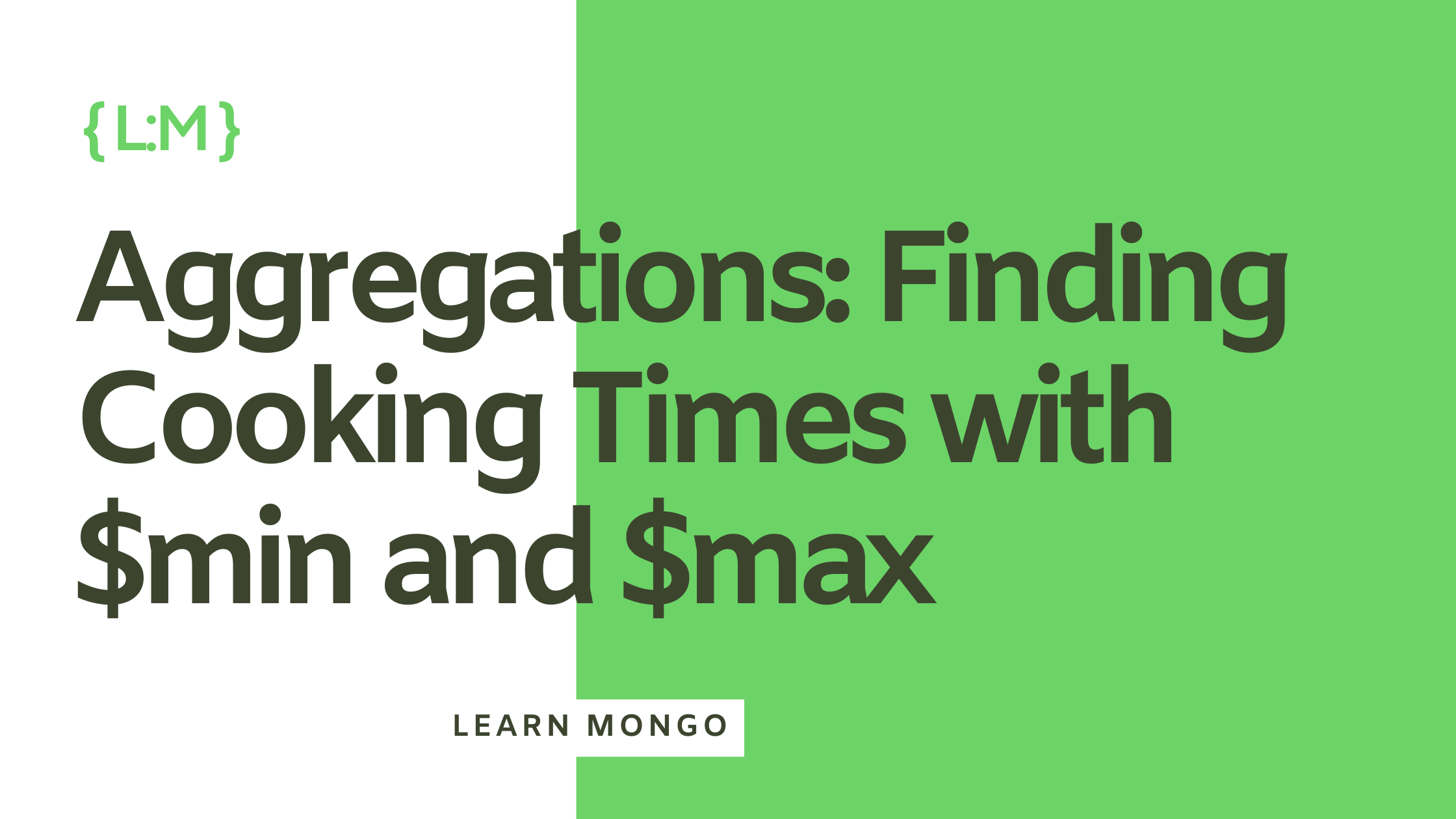
In this series we will explore different operators in the MongoDB Aggregation Framework via the context of a collection of recipes. MongoDB Aggregations Series Let’s say we’re making a brand new recipes website. Knowing the cooking times can help us categorize recipes into quick meals, slow-cooked dishes, or anything in between. MongoDB’s $min and $max…
-
MongoDB Arrays: Using Operators
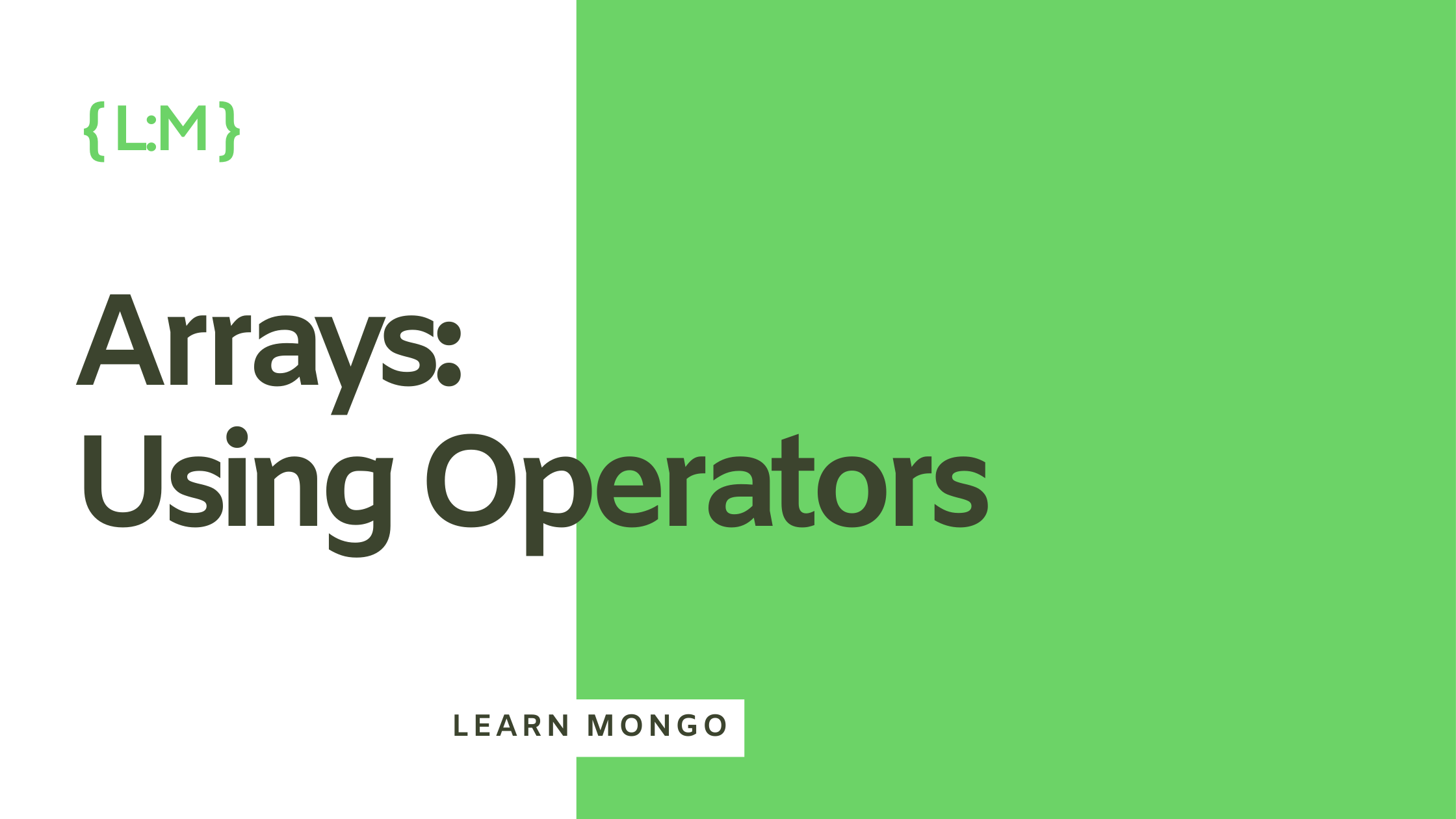
MongoDB offers a versatile and powerful way to work with array data using field query operators. Arrays are commonly used to store various types of data, and MongoDB’s array query operators allow you to manipulate and retrieve data from arrays efficiently. In this post, we’ll explore how to leverage some of these operators to make…
-
MongoDB’s “Hidden” Index Feature

Indexes are crucial for optimizing query performance, but they can also be very costly to create (meaning they can take a lot of CPU, especially if built from scratch on existing data.) So, what if you’re uncertain about removing one? MongoDB offers a nifty solution: hiding indexes. Understanding Hidden Indexes Before bidding adieu to an…
-
Streamlining Document Updates with Pipelines
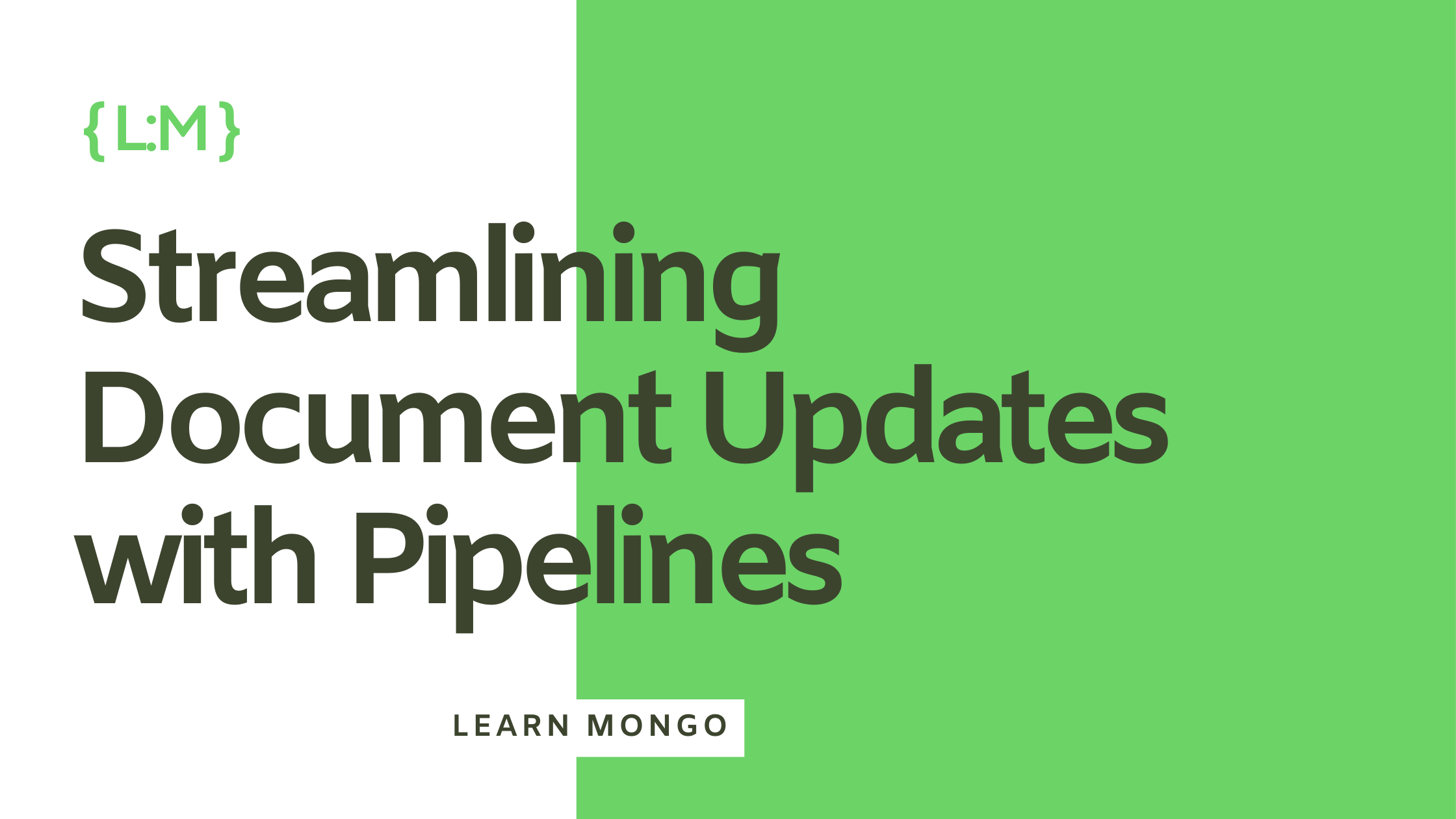
While you might be familiar with MongoDB’s Aggregation Framework pipelines (primarily used for crafting intricate query results), a lesser-known capability is their application in updating documents. This article will delve into the utilization of aggregation pipelines for efficient document updates. Understanding the Basics Let’s start with an example document representing a breakfast recipe: Adding Calculated…
-
Query Plans: The Basics

Optimizing the performance of MongoDB relies heavily on effective querying. However, determining areas for optimization in a query can be challenging. This is where the concept of a query plan comes into play … an amazing tool for developers and database administrators to pinpoint and address performance bottlenecks. What is a Query Plan? In MongoDB,…
-
MongoDB Arrays: Removing Elements
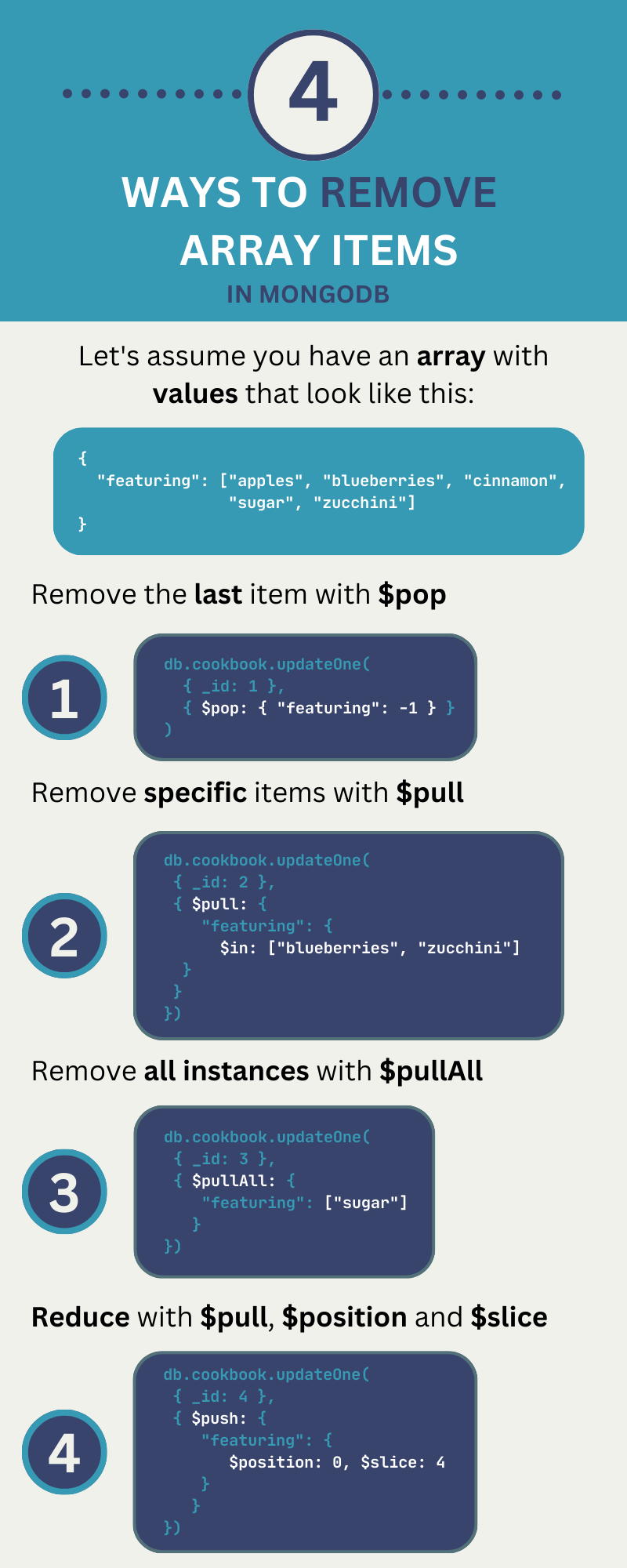
In the world of MongoDB, arrays bring order to chaos and enable the efficient organization of data. Yet, there come times when the need arises to prune or refine the contents of an array. In this exploration, we’ll delve into the mechanisms behind removing elements from arrays, making your data management journey smoother than ever.…
